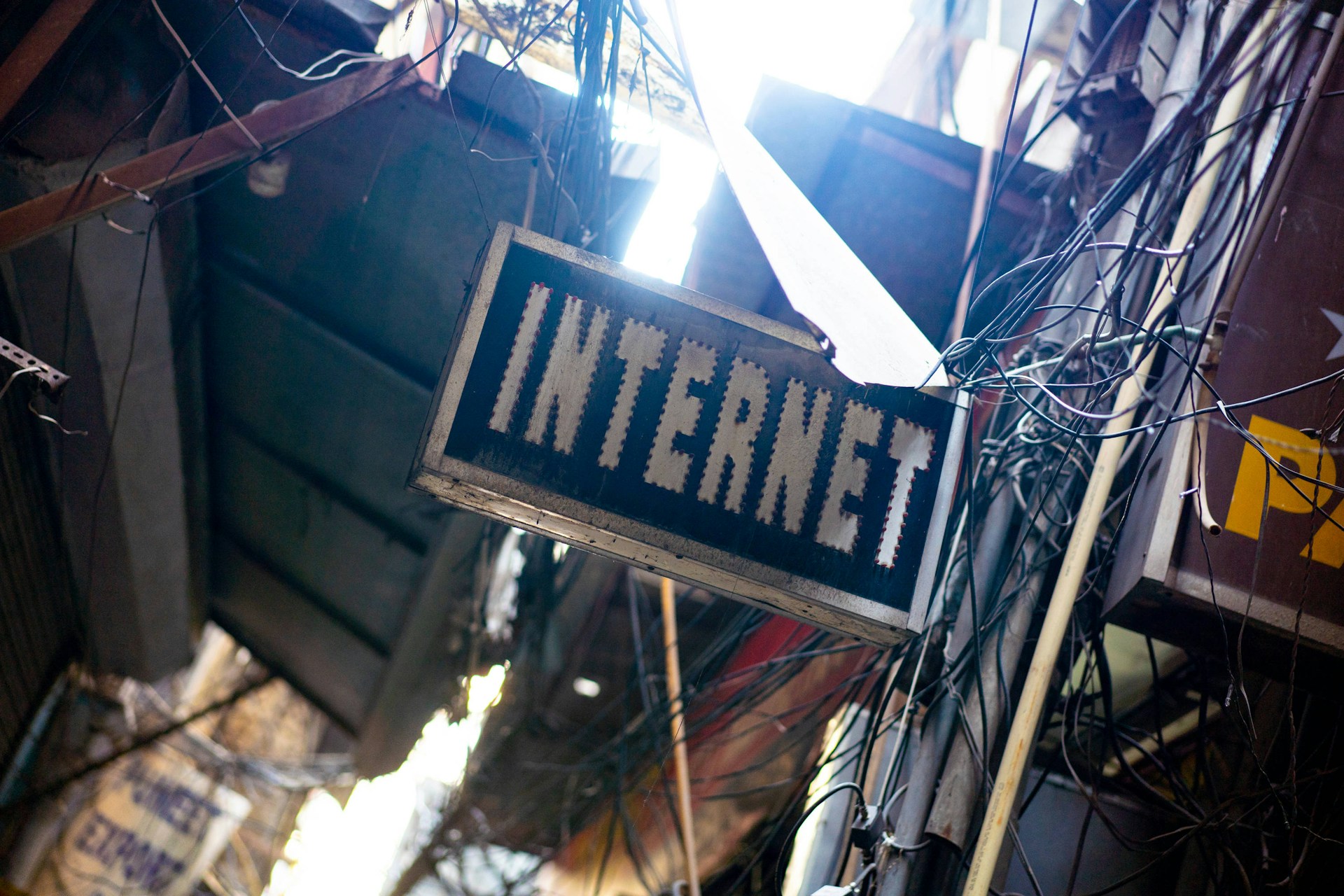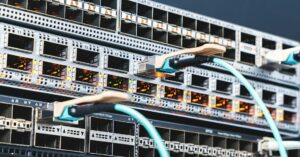How the Internet of Things Is Reshaping IT Infrastructure

How the Internet of Things Is Reshaping IT Infrastructure
The Internet of Things (IoT) is no longer simply a future concept—it is a driving force altering IT infrastructure across businesses. By linking devices, sensors, and systems, IoT is allowing enterprises to gather, process, and analyze data in real-time. This revolution influences how firms build networks, manage resources, and maintain security.
Real-Time Data and Decision-Making
IoT devices create large volumes of data that may be evaluated in real-time. This capacity empowers firms to make quicker, more informed choices. IT infrastructure must now handle high-speed data gathering, storage, and processing to enable predictive analytics, automated systems, and smart decision-making.
Edge Computing and Distributed Architecture
Traditional centralized IT systems struggle with the enormous amount of IoT-generated data. Edge computing solves this difficulty by processing data closer to the source. By dispersing computing resources across networks, companies may minimize latency, increase performance, and enable real-time applications like autonomous cars, industrial automation, and smart cities.
Enhanced Network Requirements
IoT imposes new demands on networking infrastructure. High-bandwidth, low-latency networks are necessary to accommodate continual device communication. In order to guarantee that their Internet of Things (IoT) installations are scalable, dependable, and capable of providing uninterrupted connection, organizations are increasingly turning to next-generation networks, such as 5G and Wi-Fi 6.
Challenges Related to Compliance and Security
The possibility of security breaches is increased when a large number of devices are connected. Strong security protocols are a must for the Internet of Things (IoT). These protocols must include device authentication, encryption, and access control. In addition, information technology teams are responsible for ensuring that the movement of sensitive data between linked devices is in conformity with data privacy standards. It is therefore of the utmost importance to ensure that security is built into the infrastructure from the start.
Management of Storage and Information
The vast amount of data that is produced by IoT devices is causing a revolution in the way that companies store and handle information. In today’s world, the architecture of information technology (IT) is not complete without the following components: scalable storage solutions, cloud integration, and data lifecycle management. The efficient storage of data guarantees that important information may be studied, stored, or retrieved whenever necessary.
Operational Efficiency and Automation
The Internet of Things (IoT) makes it possible for automation to occur across all IT activities, which includes system optimization, monitoring, and maintenance. At the present time, the management tools for infrastructure are using data from the Internet of Things (IoT) in order to forecast failures, maximize the use of resources, and minimize the amount of time spent offline. This proactive method of operating enhances operational efficiency while also lowering expenses.
By facilitating real-time data analysis, increasing network needs, and encouraging automation, the Internet of Things is profoundly transforming IT infrastructure as we know it. Organizations that incorporate the Internet of Things (IoT) into their IT infrastructure may benefit from a competitive edge, an increase in operational efficiency, and the opening up of new potential for innovation. The IT infrastructure will need to be adapted to provide support for connected devices, strong security, and intelligent decision-making as the Internet of Things (IoT) continues to expand.







